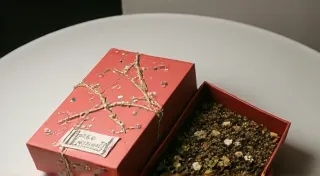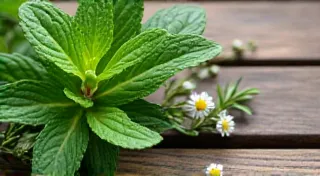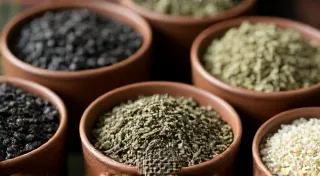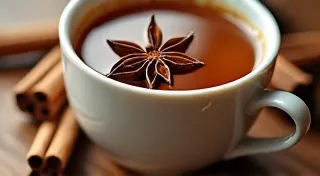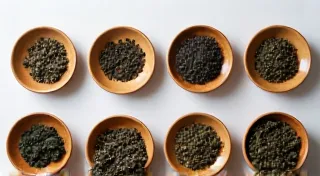Common Mistakes to Avoid When Blending Tea
Blending your own tea is an incredibly rewarding experience. The ability to craft a unique flavor profile, tailored exactly to your preferences, elevates tea enjoyment to a whole new level. However, like any craft, tea blending has a learning curve. Even experienced blenders occasionally make mistakes. This article explores common pitfalls in the world of tea blending and provides practical advice to avoid them, ensuring consistently delicious results. Whether you’re a complete beginner or have experimented a little already, paying attention to these points will significantly improve your tea blending journey. If you're completely new to the process, you may find our ultimate guide to tea blending for beginners particularly helpful in establishing a solid foundation.
1. Lack of a Clear Vision: The 'Just Throwing Things Together' Approach
Perhaps the most frequent mistake is starting a blend without a defined concept. It's tempting to just combine a few appealing ingredients, hoping for the best. However, a truly successful blend begins with a clear intention. Ask yourself: What flavor profile are you aiming for? Are you looking for a calming evening blend, a revitalizing morning pick-me-up, or something entirely unique? Consider the desired intensity – light and delicate or bold and robust? Knowing your end goal guides your ingredient selection and proportions. Think about the overall feeling you want the tea to evoke – warmth, energy, serenity – and let that guide your choices.
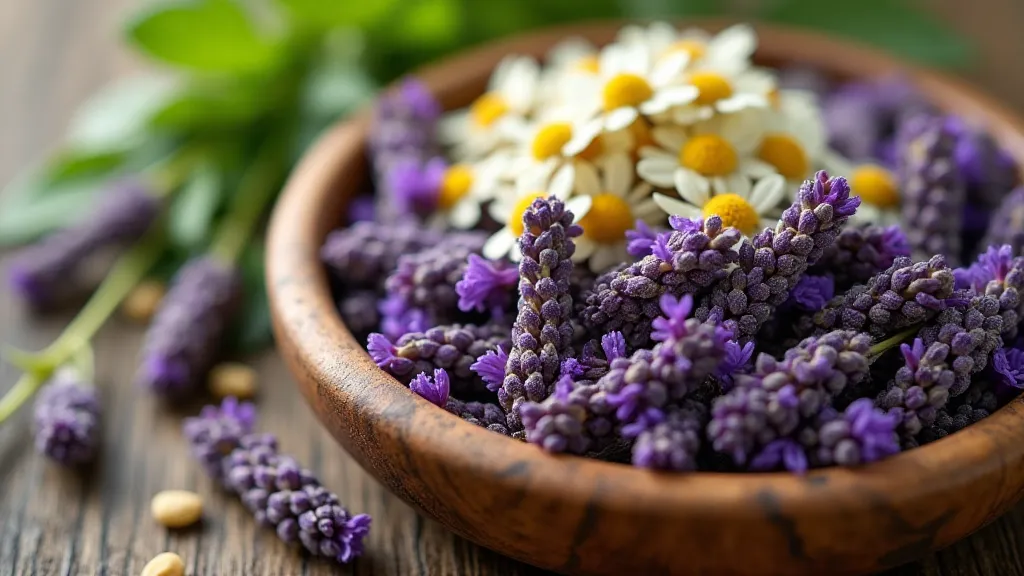
2. Ignoring Tea Base Selection
The base tea acts as the foundation of your blend. Choosing the wrong base can overwhelm or clash with your other ingredients. Black teas (like Assam or Ceylon) provide a strong, malty foundation. Green teas (Sencha or Gunpowder) offer a grassy, vegetal undertone. White teas (Silver Needle or White Peony) bring delicate sweetness and subtle aroma. Oolong teas, with their wide range of oxidation levels, offer a vast spectrum of flavors from floral to roasted. The base should complement, not compete with, the other components. Beginners often choose a base tea they personally enjoy drinking on its own – a good starting point, but remember the blend will be altered significantly. It's worth noting that the choice of base tea is crucial to achieving your desired outcome, and sometimes the perfect blend requires a bit of experimentation.
3. Improper Proportions: The Balancing Act
Tea blending is all about ratios. While personal preference plays a role, some principles apply universally. The base tea should generally constitute the largest portion of the blend (usually 50-75%), followed by secondary flavor components (20-30%), and finally, accent ingredients (5-15%). Don’t be afraid to experiment, but start with small adjustments. A little of a strong ingredient like cinnamon or cloves can quickly overpower a blend. Document your ratios meticulously – this allows you to replicate successful blends and learn from failures. Consider keeping a detailed journal, not only to track ratios but also to note down your overall impressions and any adjustments you plan to make in future attempts.
4. Overlooking Ingredient Quality: Garbage In, Garbage Out
Just as with any culinary art, the quality of your ingredients significantly impacts the final product. Cheap, stale tea leaves will result in a lackluster blend. Opt for whole leaf teas whenever possible – these retain more flavor and aroma. Herbs and spices should be fresh and vibrant. Check expiration dates and look for signs of freshness (color, aroma). Sourcing from reputable suppliers who prioritize quality is crucial. Consider the terroir – the environmental factors that influence the flavor of the tea – when selecting your ingredients. Even subtle variations in growing conditions can impact the final result.
5. Neglecting Synergy: How Flavors Interact
Certain flavors simply *work* better together. For example, citrus notes often pair beautifully with black teas, while floral herbs complement green teas. Understanding flavor profiles – whether sweet, savory, spicy, or earthy – helps predict how ingredients will interact. Consider the “building block” principle: some ingredients enhance others, while others clash. Research common flavor pairings or experiment with small test batches to observe the interplay of different components. If you're aiming for a particularly delicate and floral profile, you may find inspiration in our guide to blending floral teas for a delicate flavor.
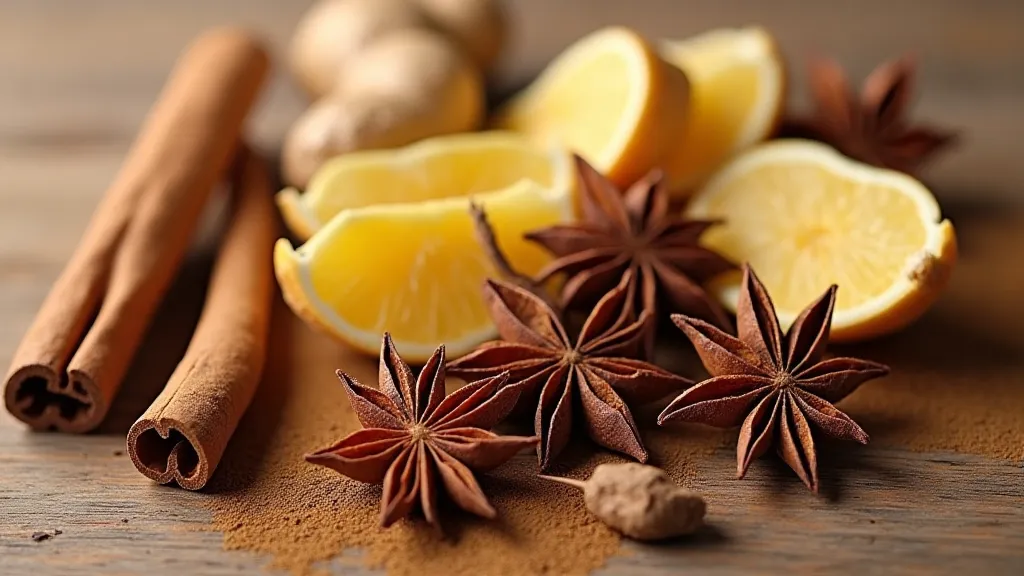
6. Ignoring the Drying Effect of Certain Ingredients
Some ingredients, particularly spices, have a significant drying effect on the palate. While a hint of spice can add warmth and complexity, too much can leave the tea feeling astringent or bitter. Balance these ingredients with ingredients known for their moisturizing properties, such as honeybush or a touch of licorice root. Adjust the ratios until you achieve the desired balance. Think about how different ingredients will affect the mouthfeel – the overall sensation of the tea in your mouth.
7. Failing to Test and Adjust
Don’t finalize a blend after just one tasting! Tea blends often evolve with brewing. Brew the blend multiple times, using different water temperatures and steeping times. Take notes on the aroma, flavor, and overall mouthfeel. Adjust the ratios based on your observations. It’s often beneficial to have a second opinion from someone with a discerning palate. Remember that even subtle changes in brewing parameters can significantly impact the final taste. Documenting these adjustments is vital for consistent results.
8. Skimping on Documentation
This is crucial! Keep a detailed record of every blend you create. Note the ingredients, ratios, sources, brewing parameters, and your tasting notes. Label your blends clearly, so you can easily identify and replicate successful formulas. A well-organized tea blending journal is your most valuable asset. Consider including information about the origin of your ingredients – even seemingly minor details can influence the flavor.
9. Overcomplicating Things: Less is Often More
While experimentation is encouraged, resist the urge to cram too many ingredients into a single blend. A simple blend with high-quality ingredients is often far superior to a complex concoction of mediocre components. Start with a few key ingredients and gradually add complexity as you gain experience. The art of tea blending is often about restraint – knowing when to add and when to hold back.
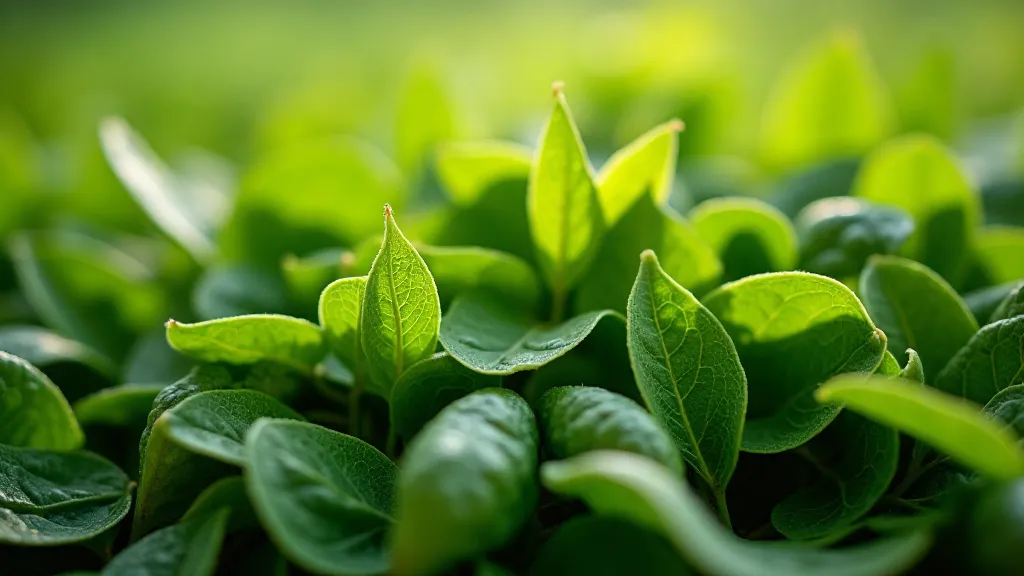
10. Neglecting Equipment and Tools
While fancy equipment isn't essential, having the right tools can streamline your blending process and ensure accuracy. Basic items like a digital scale for precise measurements, airtight containers for storage, and a reliable thermometer for water temperature are invaluable. As you advance, you might consider investing in specialized tools such as a tea sifter to remove any dust or small particles, and a dedicated workspace to keep your blending area organized. And, of course, a good set of top 5 tea blending tools & equipment can make a big difference!
Final Thoughts
Mastering the art of tea blending takes time, patience, and a willingness to experiment. Don’t be discouraged by initial setbacks. By avoiding these common mistakes and embracing a mindful approach, you'll be well on your way to crafting exquisite, personalized tea blends that elevate your tea-drinking experience. Happy blending!
